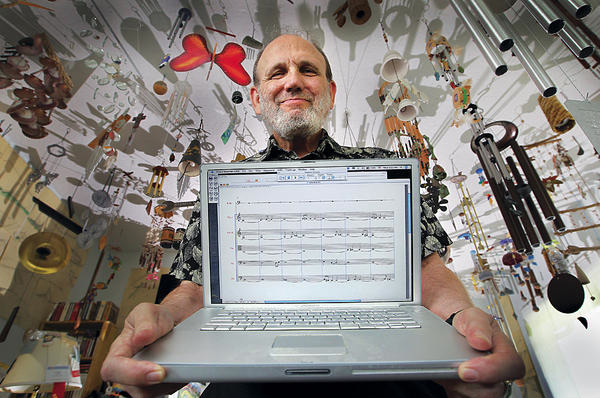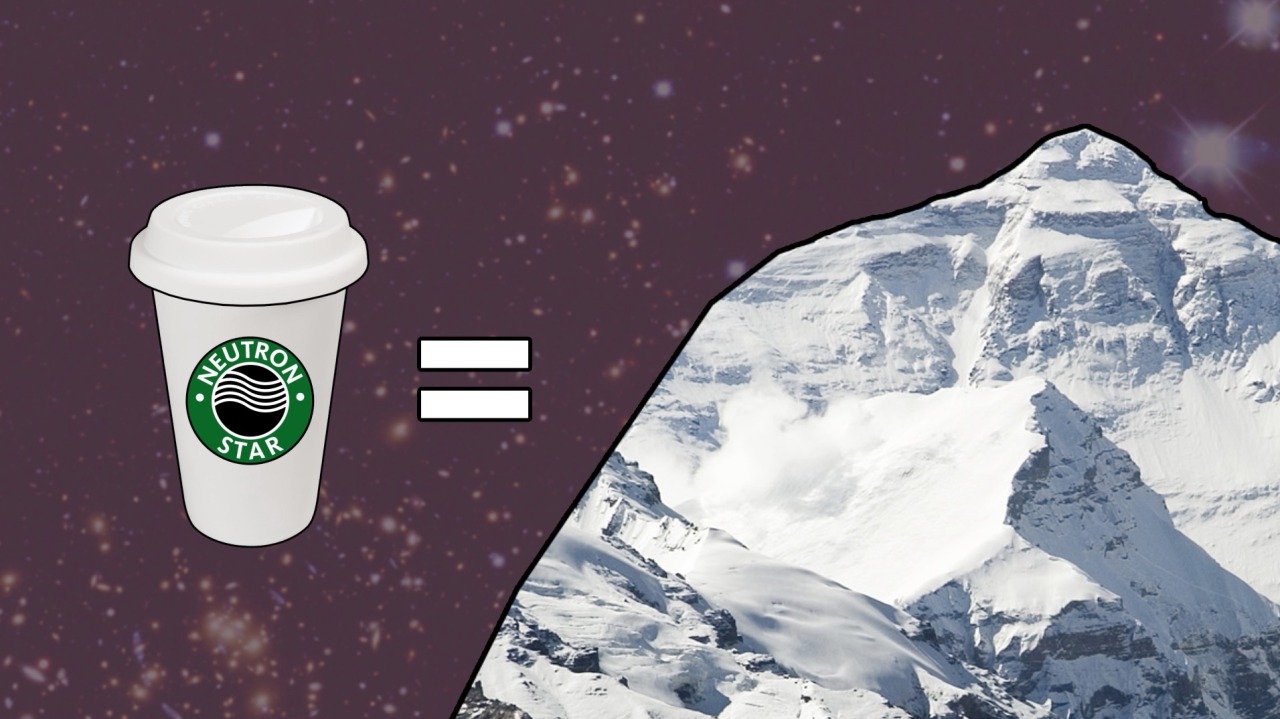
“I can understand why it’s an issue if you’ve got an extremely romanticized view of what art is,” he says. “But Bach peed, and he shat, and he had a lot of kids. We’re all just people.”
– David Cope, UC Santa Cruz, emeritus professor
“To some extent, this match is a defense of the whole human race. Computers play such a huge role in society. They are everywhere. But there is a frontier they must not cross. They must not cross into the area of human creativity. It would threaten the existence of human control in such areas as arts, literature, and music.”
So said Gary Kasparov, chess grandmaster, one year before he lost to Deep Blue, IBM’s chess-playing supercomputer. Meanwhile, a relatively anonymous professor of music in California had created a computer program capable of composing pieces of music in the style of great composers that most people could not differentiate from authentic compositions. The professor, David Cope, named this program Experiments in Musical Intelligence, or “Emmy”. Since then, Cope and his successive programs have been the objects of both celebration and scorn, challenging the world’s perception of what musical creativity entails.
Cope’s argument, and the basis for his software, is that creativity is essentially recombinant: consciously or not, all composers plagiarize their progenitors and contemporaries. What makes his (or Emmy’s) work superior to the stilted and awkward compositions of earlier programs are two fundamental insights into the syntax of music. Rather than rely on the traditional divisions of musical notation, Cope developed an analytic musical syntax that goes into what Douglas Hofstadter (of Gödel, Escher, Bach) terms the “tension-resolution status” of a piece, the two forces that underlie all music. Secondly, though the program composes according to formal rules, it also uses heuristics that allow it to sometimes ‘break’ its own rules in innovative ways.
– Alex Tesar (Source Art & Science Journal)
More stories can be found here.



